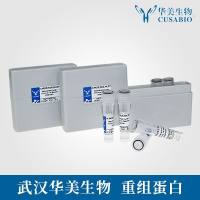Insertion Sequence Analysis
Prokaryotic insertion sequences (IS) are transposable genetic elements with a length ranging from 800–2500 bp. They are found at a remarkable variety in the genomes of many different bacteria and mycoplasmas at a multiplicity of between a few and several hundred per genome. In bacteria, they are very frequently found as part of natural plasmids. Genetic phenomena associated with transposition of IS elements are: spontaneous, often highly polar mutations, sometimes associated with deletion or inversion of adjacent DNA segments, as well as activation of the transcription of flanking genes (1 ). Insertion sequences therefore contribute basically to the variability of the prokaryotic genome and phenotype, and are thought to play an important role in the adaptability of prokaryotes to the environment. Insertion sequences provide a valuable source of experimental material for the study of gene expression, recombination and repair events, population dynamics, and horizontal transmission of genes. They are also frequently used in molecular genetics as markers to facilitate gene mapping, as mutagens, and for gene cloning. Several insertion sequences have been used as markers for molecular DNA fingerprints for identification and subtyping of bacterial and mycoplasmal strains, such as Mycobacterium tuberculosis (2 ,3 ), Salmonella typhimurium (4 ), Vibrio cholerae (5 ), and Mycoplasma mycoides subsp. mycoides small-colony type (SC) (6 ).
![预览]()






